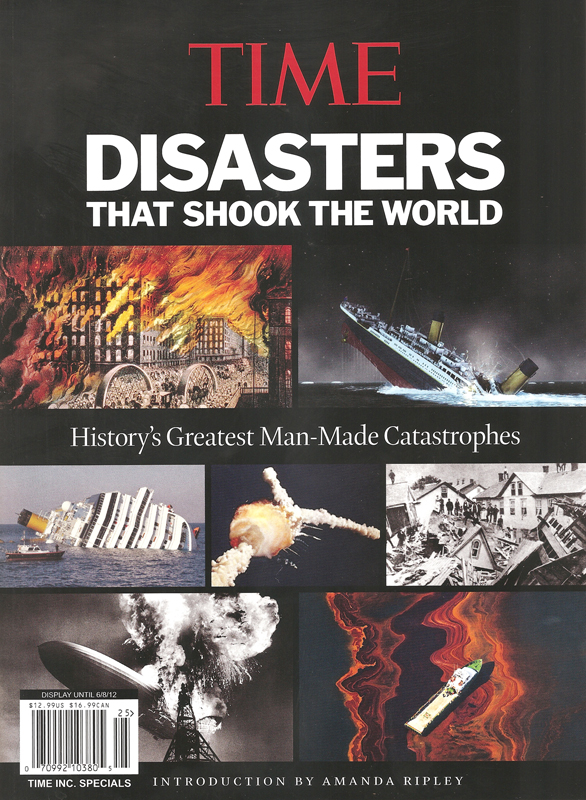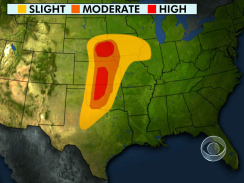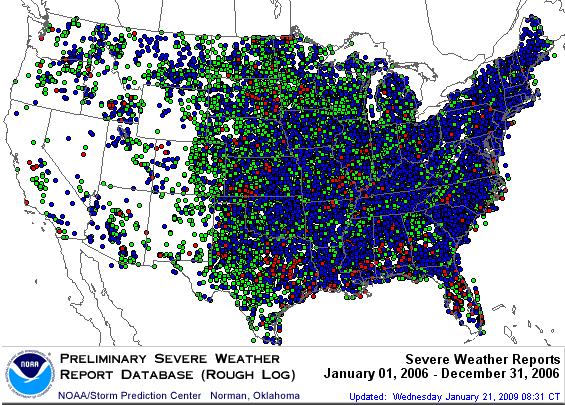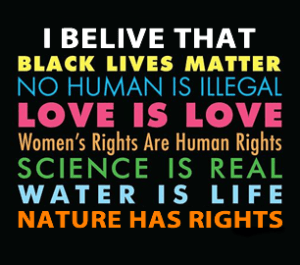Welcome to the Anthropocene: Disaster Time
As I’ve discussed in an earlier post, the Anthropocene is a concept coined a little over a decade ago by scientists to describe the massive scale of changes happening to the Earth’s biosphere directly linked to human actions. This past week provided one of the best examples of what the Anthropocene looks like in practice: record breaking warm weather, historically unprecedented catastrophic weather, massive crop disasters from exotic insect threats, and a decade of massive natural disasters all linked to human activity.
Welcome to the Anthropocene, where up is down and down is up, and catastrophe is all around.
 I just happened to be standing in line at the bookstore the other day when I noticed that the latest issue of Time magazine was a special issue dedicated to the world’s biggest man-made disasters. Perfect, I though, this is exactly what the Anthropocene is all about, man-made disaster. What better example of the unhinged potential for humans to change the face of our common future than a feature issue on disaster.
I just happened to be standing in line at the bookstore the other day when I noticed that the latest issue of Time magazine was a special issue dedicated to the world’s biggest man-made disasters. Perfect, I though, this is exactly what the Anthropocene is all about, man-made disaster. What better example of the unhinged potential for humans to change the face of our common future than a feature issue on disaster.
Time’s special issue is broken up into several thematic areas, including Sea (5 events), Air (5 events), Fire (6 events), Environment (9) and Space (4). It’s telling that the biggest section of disasters is under the heading of “Disasters in the Environment.” It’s equally telling that many of the other disasters also had major environmental impacts, yet they were excluded from consideration as also environmental disasters.
And just as interesting as the selection of events is the opening essay by Amanda Ripley, called Surviving Disaster. Ripley is no stranger to disaster, as her past writings on disasters for Time—A Survival Guide to Catastrophe–clearly demonstrate. This is also part of a much larger interest of Ripley, who is also the author of The Unthinkable: Who Survives When Disaster Strikes, and Why. In this latest Time piece she writes that:
“Blind optimism has always been charm and a curse. It’s just getting harder to justify. Today, about 91% of Americans live in places at a moderate-to-high risk of earthquakes, volcanoes, tornadoes, wildfires, hurricanes, flooding, high-wind damage or terrorism…of the more than 217 million people impacted by disasters globally in 2010, nearly 80% were affected by storms and floods…”
If we think about this in terms of its relation to global warming–especially the feedback loop of warming temperatures = melting polar ice caps = rising ocean temperature = increased solar reflectivity = warming temperatures… we begin to see the real threat quite clearly. If one of the hardest hit places is along coastal areas, we can predict with 100% certainty that this trend will only continue and grew even worse. If storms are another major cause of natural disaster, we can say with 100% certainty that climate change is creating both more powerful, less stable and more erratic global weather patters, and this the trend will only continue to grow worse, just as the case with flooding along the coasts and along major rivers. And considering most major rivers have massive human settlements built right up to the banks (Mississippi, Yangtze, Niger, Nile, Rhine, etc), even a rise of a few feet will spell doom for tens of millions of people, which is why this is one of those global warming risks people like to avoid discussing because it has no easy policy solutions.
 But this is all just the proverbial tip of the iceberg. Just last month the National Weather Service reported record-breaking spring temperatures across 15,000 or more American cities (March record highs). Just yesterday, the NWS issued a historically unprecedented 24 hour catastrophic weather warning for a wide swath of the Midwest. The NWS has only done this once before, in 2006, when another series of 100 massive storms ripped through the South, leaving 12 dead and destroying thousands of homes. That the NWS is turning around after just 5 years and issuing an even more ominous warnings of potential “catastrophic” damage, it’s not to hard to see where these trends are going–more tornado emergency warnings as the norm, and increasingly destructive spring and summer storms and weather patterns generally.
But this is all just the proverbial tip of the iceberg. Just last month the National Weather Service reported record-breaking spring temperatures across 15,000 or more American cities (March record highs). Just yesterday, the NWS issued a historically unprecedented 24 hour catastrophic weather warning for a wide swath of the Midwest. The NWS has only done this once before, in 2006, when another series of 100 massive storms ripped through the South, leaving 12 dead and destroying thousands of homes. That the NWS is turning around after just 5 years and issuing an even more ominous warnings of potential “catastrophic” damage, it’s not to hard to see where these trends are going–more tornado emergency warnings as the norm, and increasingly destructive spring and summer storms and weather patterns generally.
To get a sense of this, it might be helpful to look back at the historical severe weather data from NOAA here. The images below are from 2006. The blue dots are wind damage, the green hail, the red tornadoes.
We can contrast this with the rough log of events from 2000 to give us a bit of comparison. In particular, notice the big difference in the spring weather activity, especially March and April.
It’s also worth noting that almost all the major historical records for storms, hurricanes, tornadoes, etc have all been broken since 2000, with many broken in 2005 and 2006. The 2005 hurricane season in the Atlantic was estimated at close 4,000 deaths and record property damage–by some estimates over $160 billion. 2005 also saw a record breaking new high for both storms (28) and hurricanes (15) in one season. While projections for the 2012 season have been mixed, it’s still too early to tell. Will 2012 see another mandated evacuation of coastal areas like New York, which happened under the imminent shadow of Hurricane Irene last summer?
What we can say for sure if that these trends will only continue to grow worse, and that in many ways defines the heart of the Anthropocene–the unleashing of unknown impacts to the planet from human activities. Increasing climatic instability is just one of the many issues tied to the Anthropocene.
Until next time…Run from the water; hide from the wind.
###





